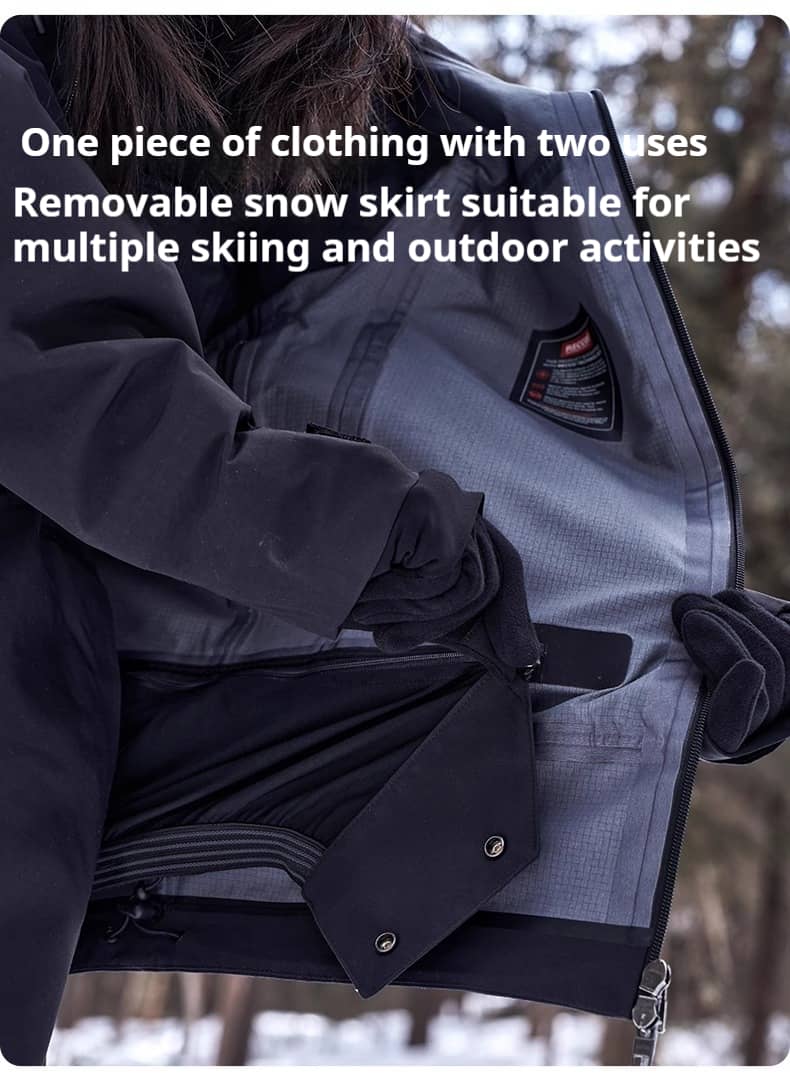new
what’s new
Features & Functions
Brands
Colors
wishlist


















Sports Brands are Entering an Era of All-round Competition — From Fabric Technology to Fit Technology
Fit technology is empowering professional athletes’ performance while also shaping the aesthetic of body proportions for the general public.
Technological fabrics serve as the foundation, but the true challenge lies in the fit — it must not only perform well in sports but also look good in daily life.
As consumer demands upgrade, with a growing pursuit for more professional, personalized, and experiential sports gear, attention to fit has exceeded past levels. This means that achieving a seamless integration of fabric and fit technology has almost become the new frontier in the competition among sports brands. However, this challenges both the brands’ fit technology in terms of precision for professional athletic performance and their craftsmanship in refining the aesthetics of mass-market sportswear.
In other words, the sports brand that can possess sharp market insight and, with a spirit of professional exploration and meticulous craftsmanship, launch products that balance both functionality and aesthetic appeal will be the one most likely to take the lead in this new round of competition in fit technology.
Fit and Cutting as the Focus
The fit and cutting of sportswear are not only linked to fashion; they are the “soul” of activewear, directly determining the functionality, comfort, and athletic performance of the garment.
In professional sports, innovative fits designed for athletes can help top performers break through limits in high-pressure competitions, with many brands and experts dedicating significant efforts to this.
For general consumers, while they do not face such intense competitive environments, they still require gear that enhances freedom of movement, reduces friction and restrictions during physical activity, and allows for optimal athletic performance. A well-designed fit is just as crucial for them.
Before and after the Winter Olympics, the country’s enthusiasm for winter sports, such as skiing, has surged, leading to a rise in the number of domestic skiers. On platforms like Xiaohongshu, experienced skiers often emphasize the importance of “fit and cutting” in their posts on selecting ski gear. In their view, high-quality ski wear should feature functional details like “collars, cuffs, and hems that tighten to prevent snow from entering” and “underarm zippers for ventilation.” All these details point directly to the importance of fit. A superior cut can maximize the benefits of functional fabrics. For instance, some brands use high-tech fabrics in their ski wear, but certain fabrics have thickness and rigidity. If the fit isn’t tailored well, the garment can restrict movement. Additionally, seams and stitching are potential points for water leakage, meaning the cutting must optimize seam placement and minimize their number while ensuring a secure seal and reducing weight.
Fit also plays a crucial role in mainstream urban sports. Running, for example, has become the most popular physical activity in many countries, with domestic runners exceeding 500 million by 2024, according to reports from major e-commerce platforms. Runners need to make multi-directional movements, such as strides and arm swings. A poorly fitted garment will affect performance, while an overly tight one may cause discomfort. Topics related to running gear on social media platforms like Douyin have received millions of views, demonstrating runners’ strong interest in apparel performance. These discussions often highlight the importance of features such as free arm movement.
Consumers’ expectations for sportswear have evolved. They now seek garments that not only enhance performance but also express their personal style and identity through silhouettes and lines. Fit design, therefore, not only addresses functional needs in specialized activities but is also a key element of personal style.
In conclusion, high-quality fit and cutting require the integration of technology and aesthetics, with a focus on meticulous attention to detail and long-term technical refinement. This level of investment is just as critical as the development of functional fabrics. Brands that can meet consumers’ growing demands for performance and style are those with deep expertise in fit design, seamlessly combining innovation in fit with fabric technology and fashion aesthetics.
